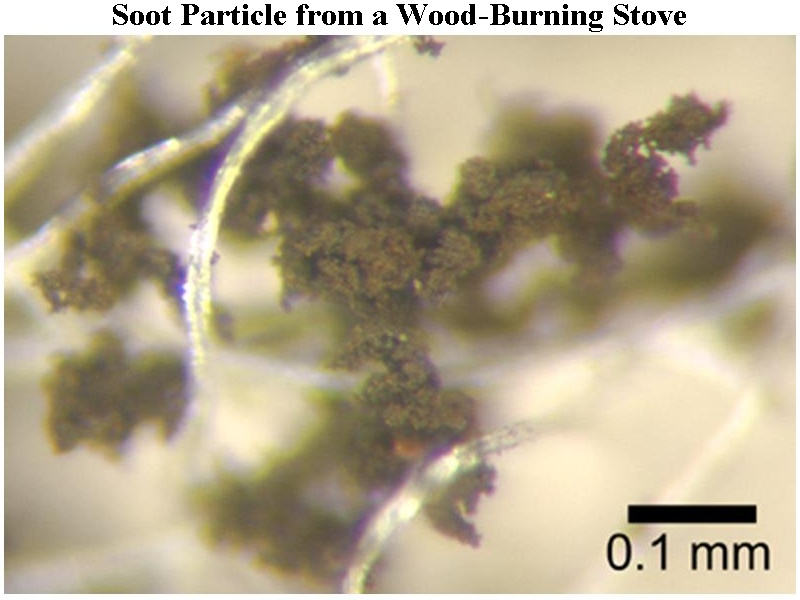Gas-Particle Interactions

Aerosol particles offer reactive surfaces on which important chemical reactions occur. Recent research on the chemistry of the
remote marine atmosphere revealed that the rate of ozone destruction exceeds that attributable to homogeneous (gas-phase)
chemistry alone. Model studies suggest heterogeneous reactions on sea salt aerosols liberate bromine that contributes to
photochemical ozone destruction.
The Impact of Aerosols on Solar UV Radiation and Photochemical
Smog, R. R. Dickerson, S. Kondragunta, G. Stenchikov, K. L. Civerolo,
B. G. Doddridge, and B. Holben, Science, 278(5339), 827-830,
1997.
Ozone in the Remote Marine Boundary Layer: A Possible Role for Halogens, R. R. Dickerson, K. P. Rhoads, T.
P. Carsey, S. J. Oltmans, J. P. Burrows, and P. J. Crutzen, J. Geophys. Res., 104(17), 21385-21395,
1999.
Regional air Pollution and its Radiative Forcing: Studies with a Single-Column
Chemical and Radiation Transport Model, R. J. Park, G. L. Stenchikov, K. E.
Pickering, R. R. Dickerson, D. J. Allen, S. Kondragunta, J. Geophys. Res.,
106(22), 28,751-28,770, 2001.
Trace Gas and Radical Diurnal Behavior in the Marine Boundary Layer
During INDOEX 1999, J. Burkert, M. D. Andres-Hernandez, L. Reichert, J.
Meyer-Arnek, J. P. Burrows, B. G. Doddridge, R. R. Dickerson, J. Muehle, A.
Zhan, and T. Carsey, J. Geophys. Res., 108(D8),
10.1029/2002JD002790, 2003.
file.pdf
Airborne characterization of the chemical, optical, and meteorological properties,
and origins of a combined ozone-haze episode over the eastern United States, Taubman BF,
Marufu LT, Piety CA, et al., J. Atmos. Sci., 61(14), 1781-1793, 2004.
Smoke over haze: Aircraft observations of chemical and optical properties and the effects
on heating rates and stability, Taubman BF, Marufu LT, Vant-Hull BL, Piety CA, Doddridge BG,
Dickerson RR, Li ZQ, J. Geophys. Res., 109(D2): Art. No. D02206, 2004.
|


